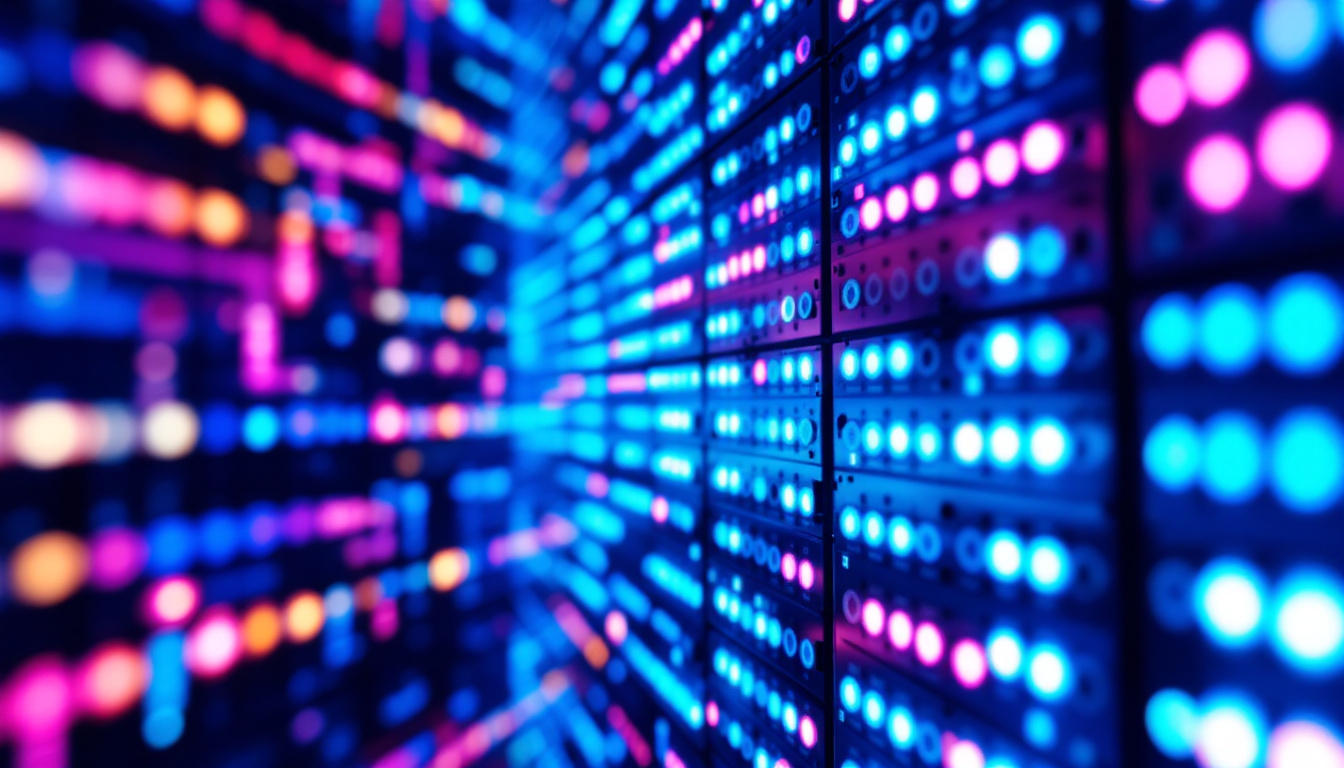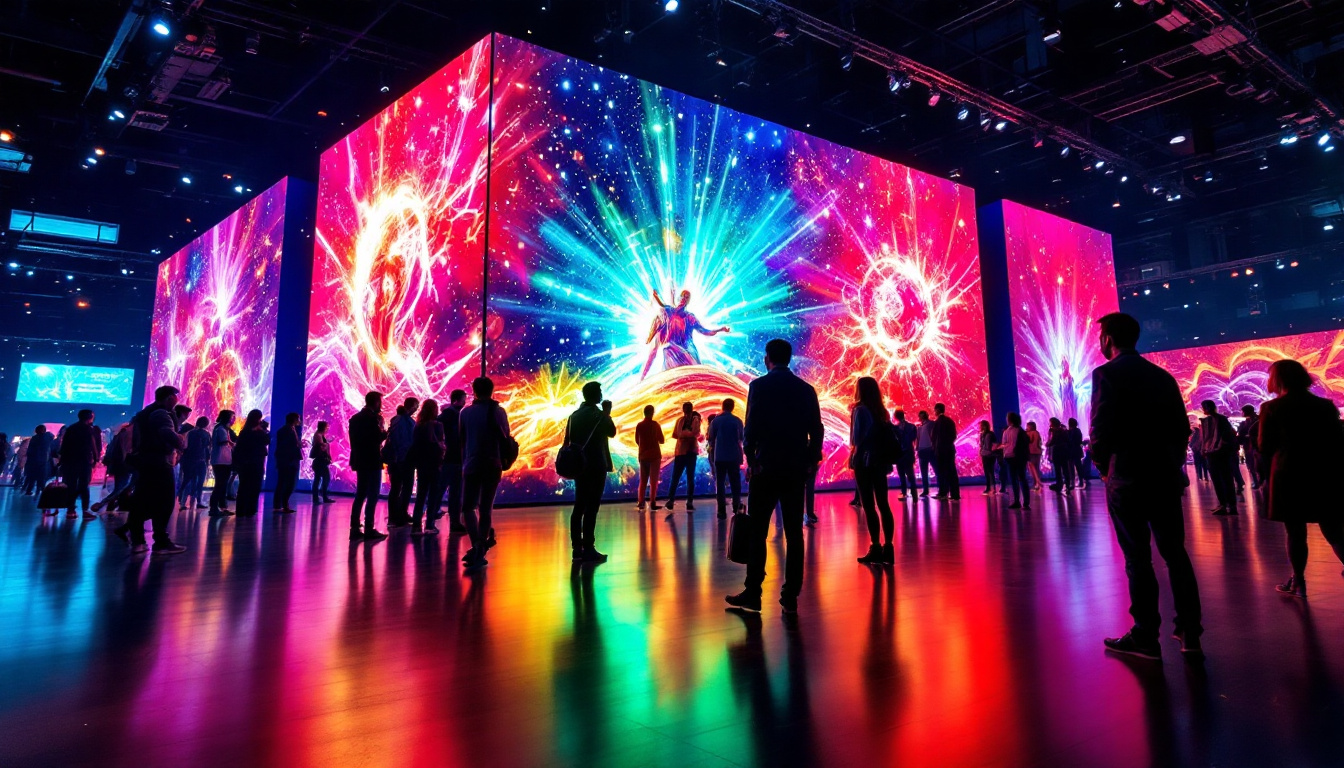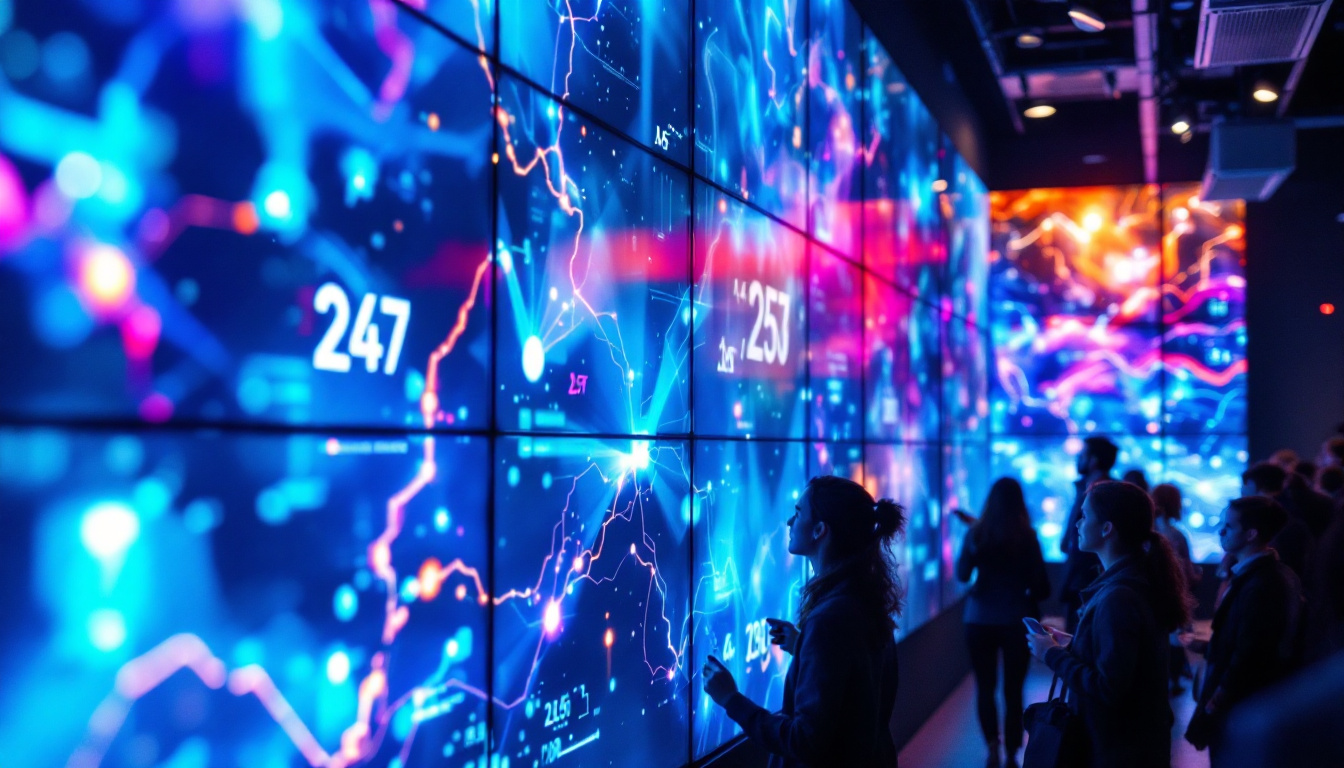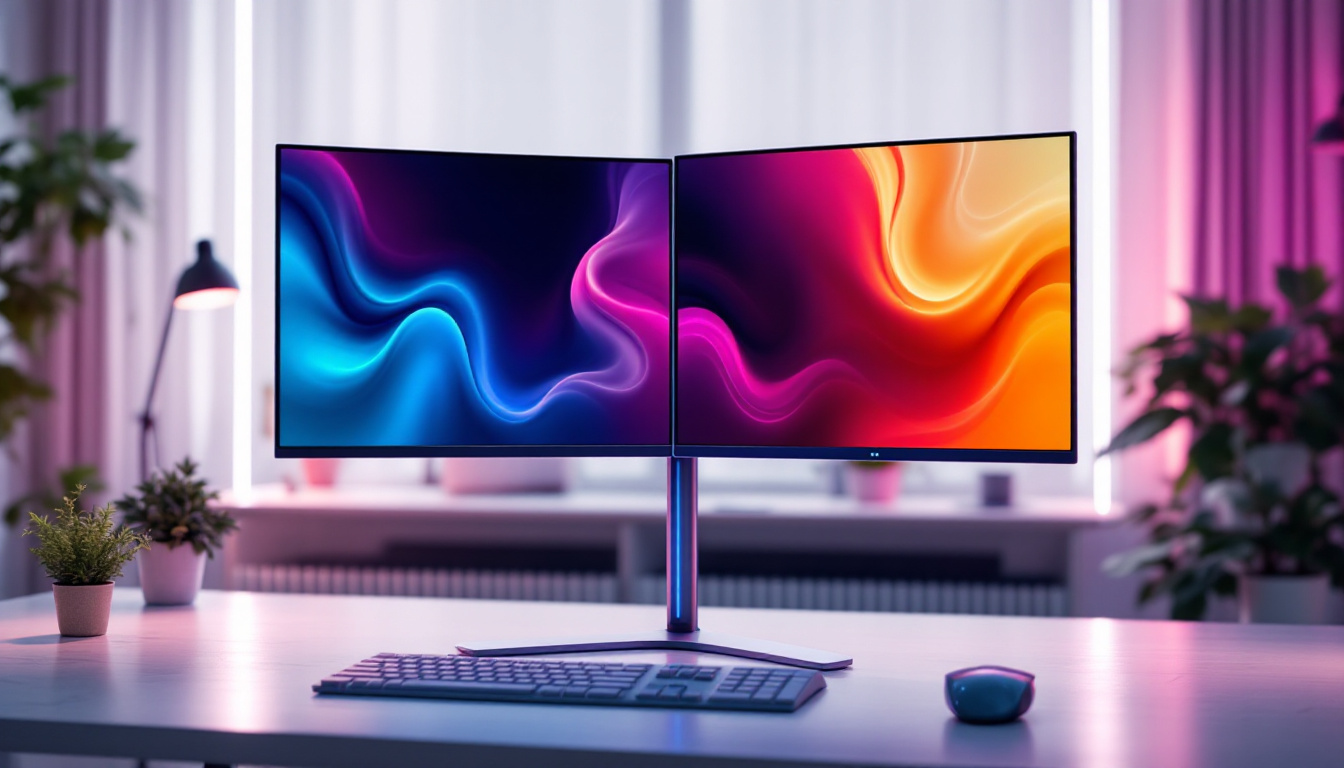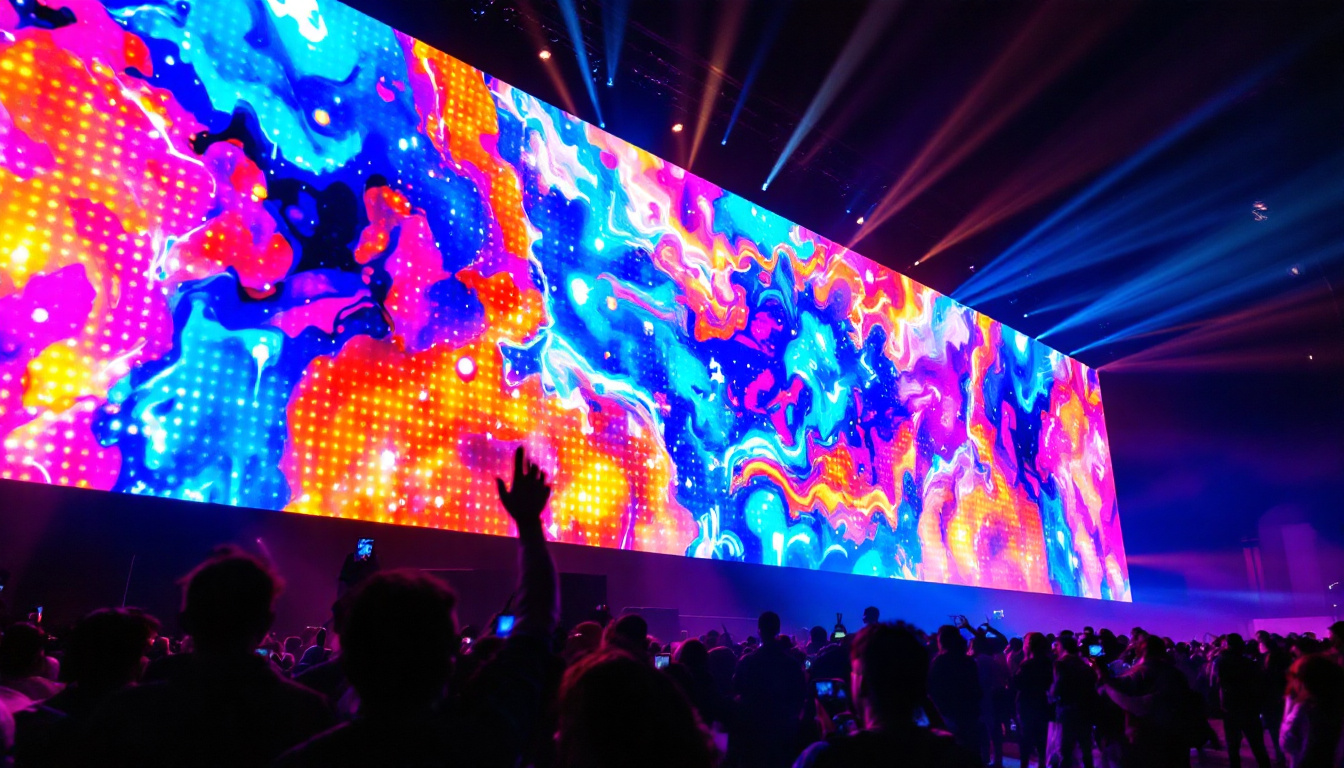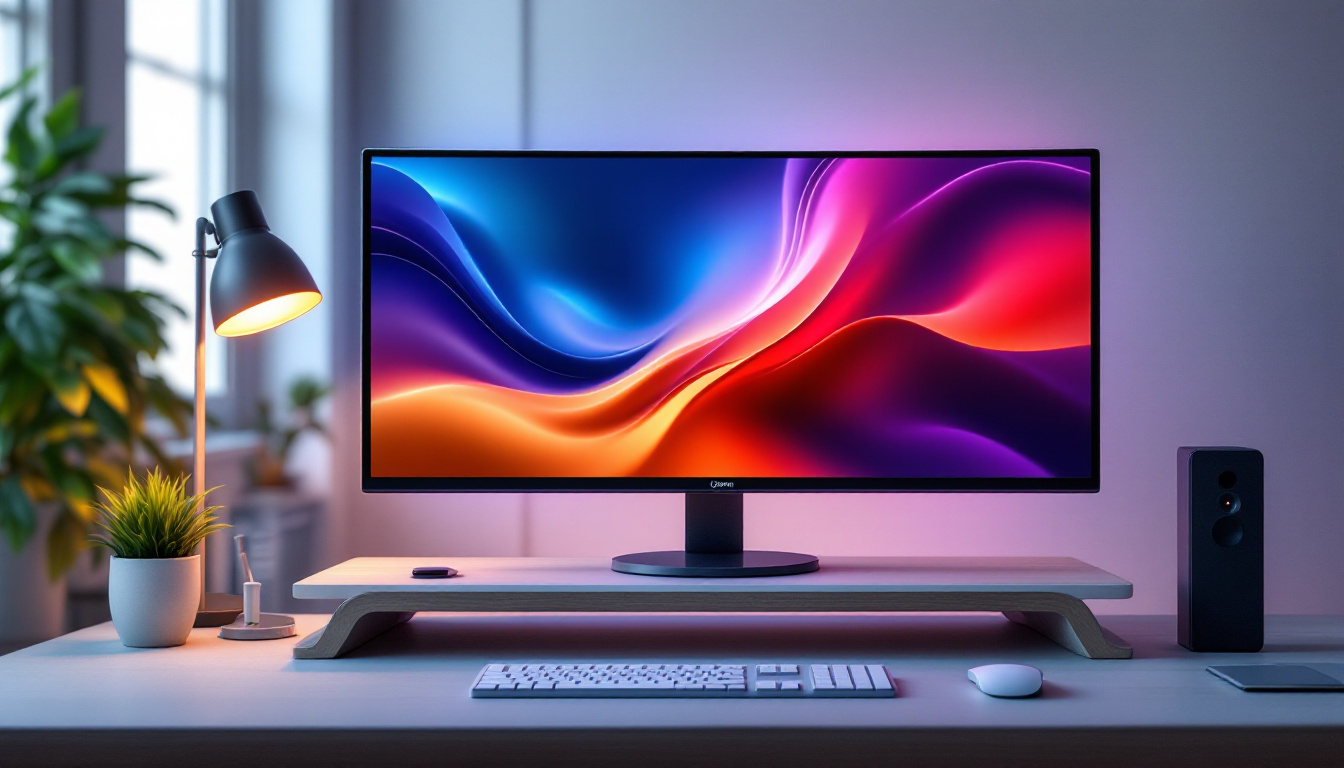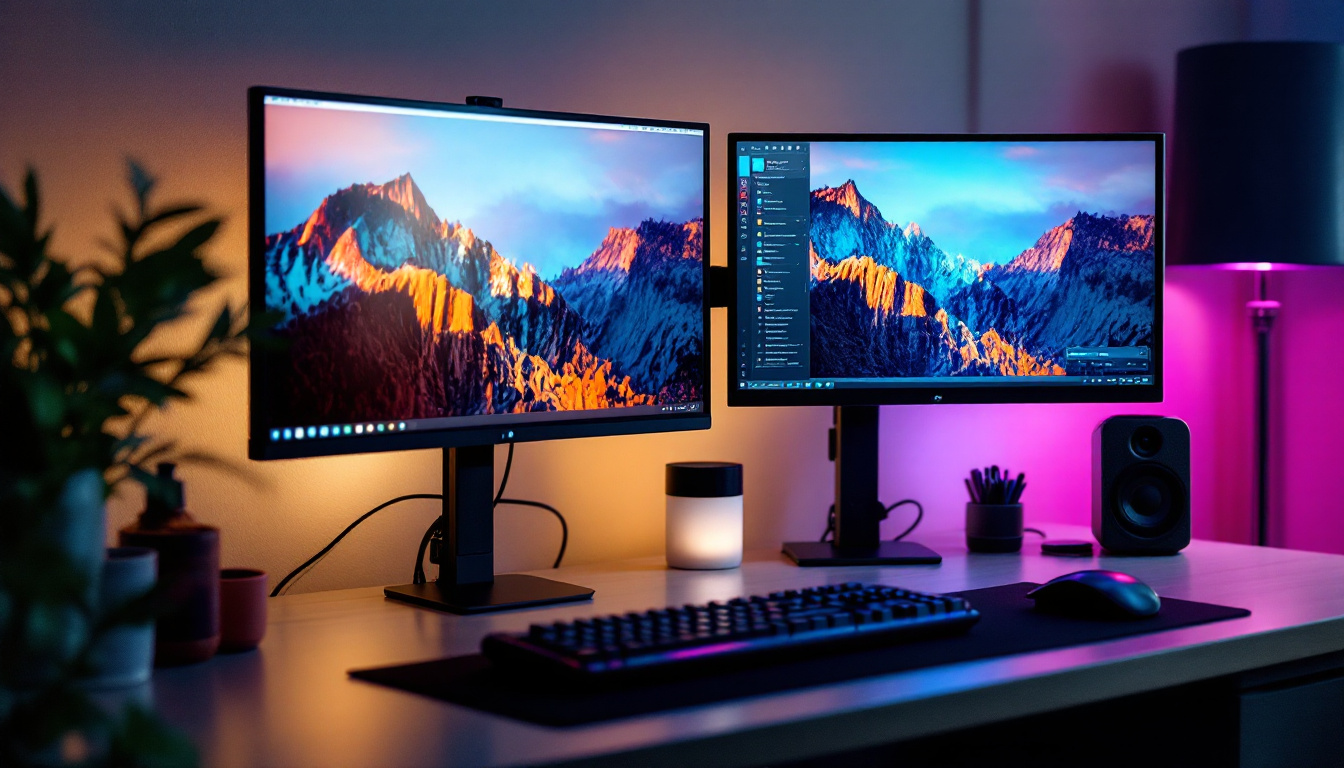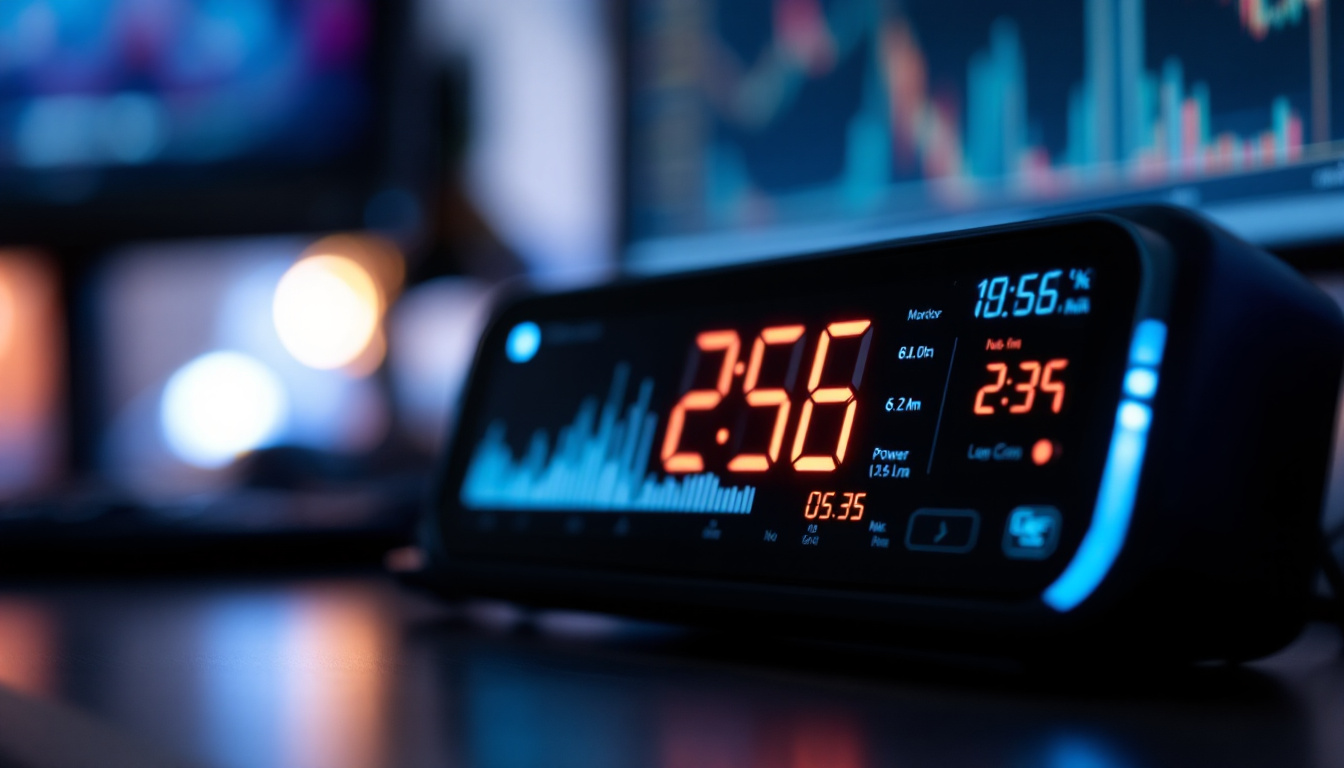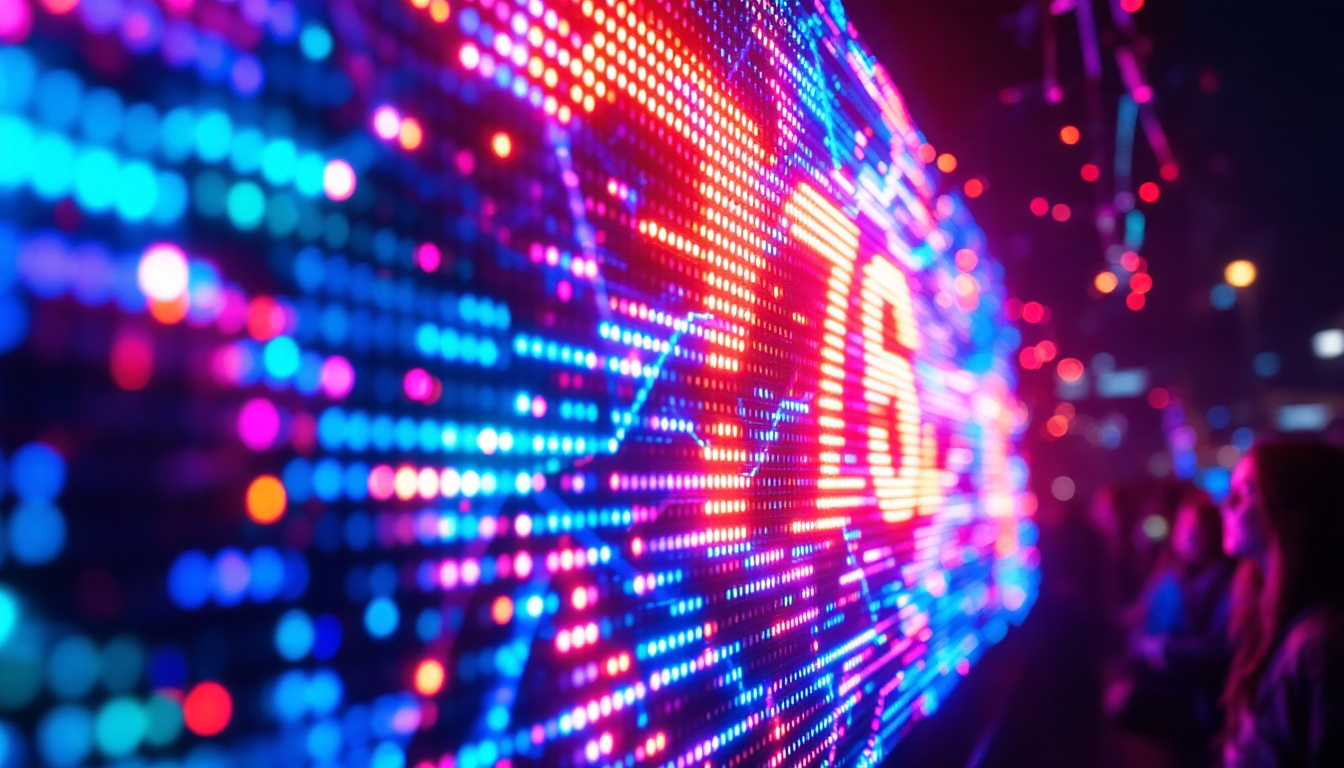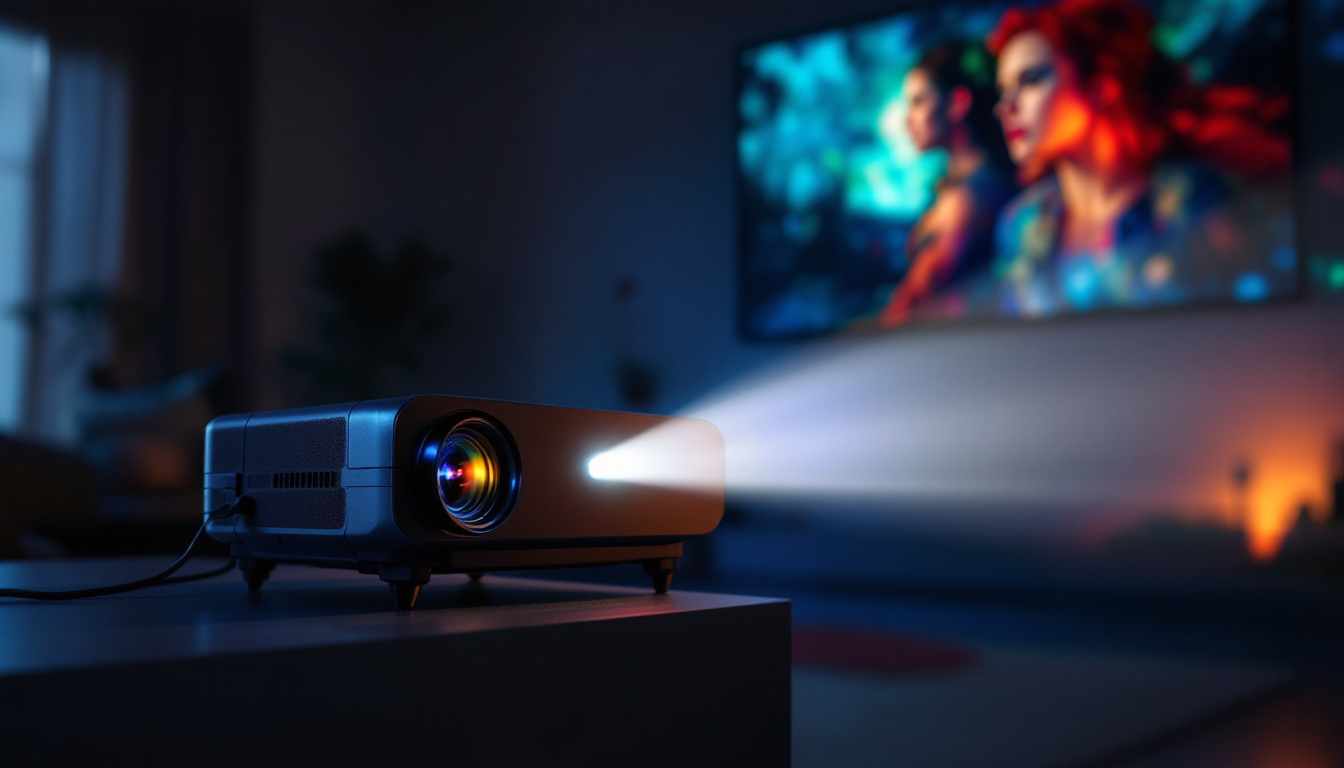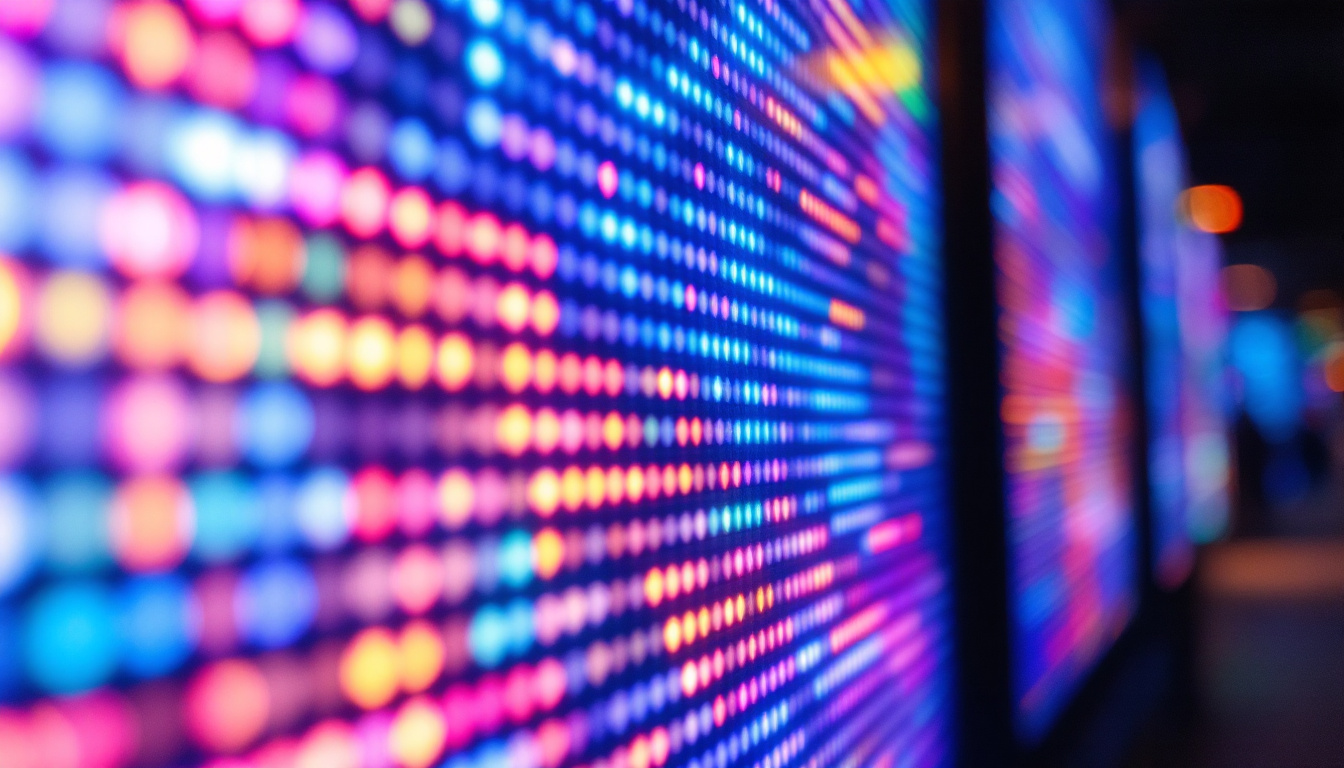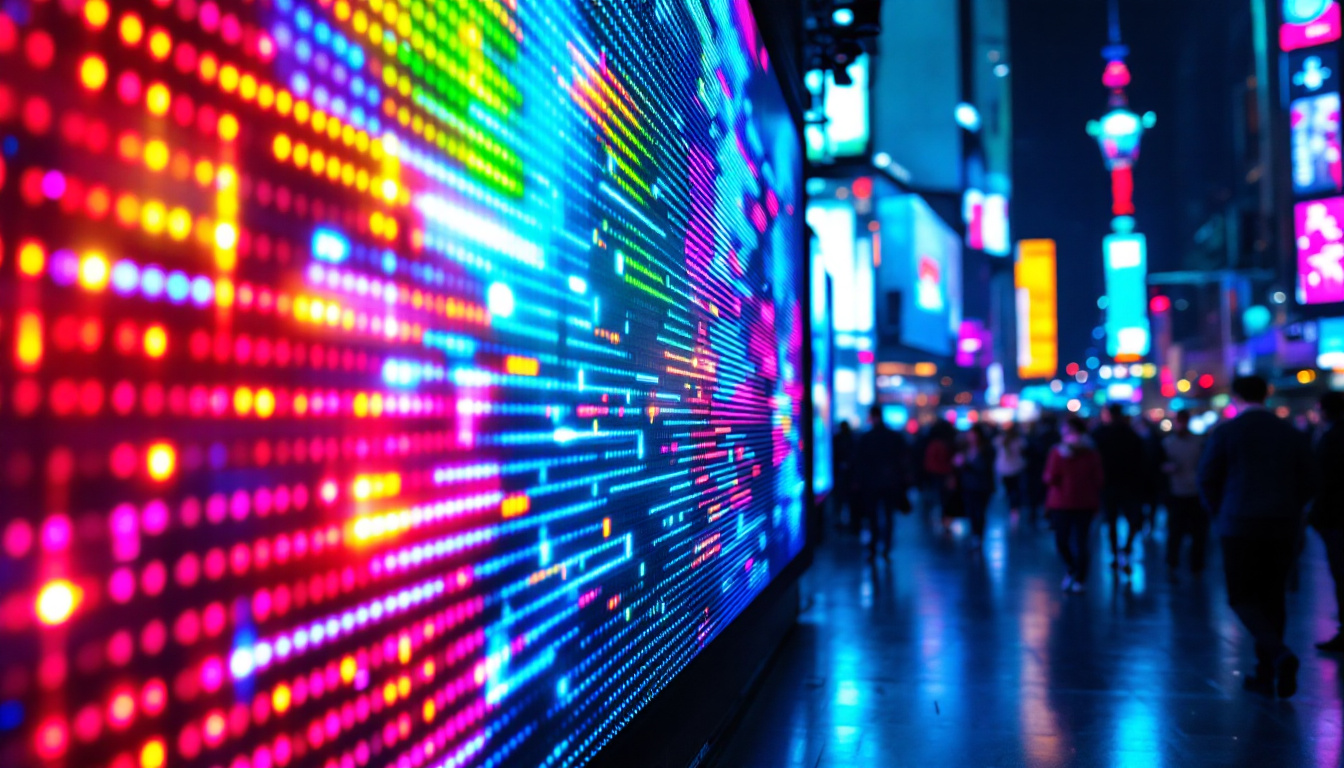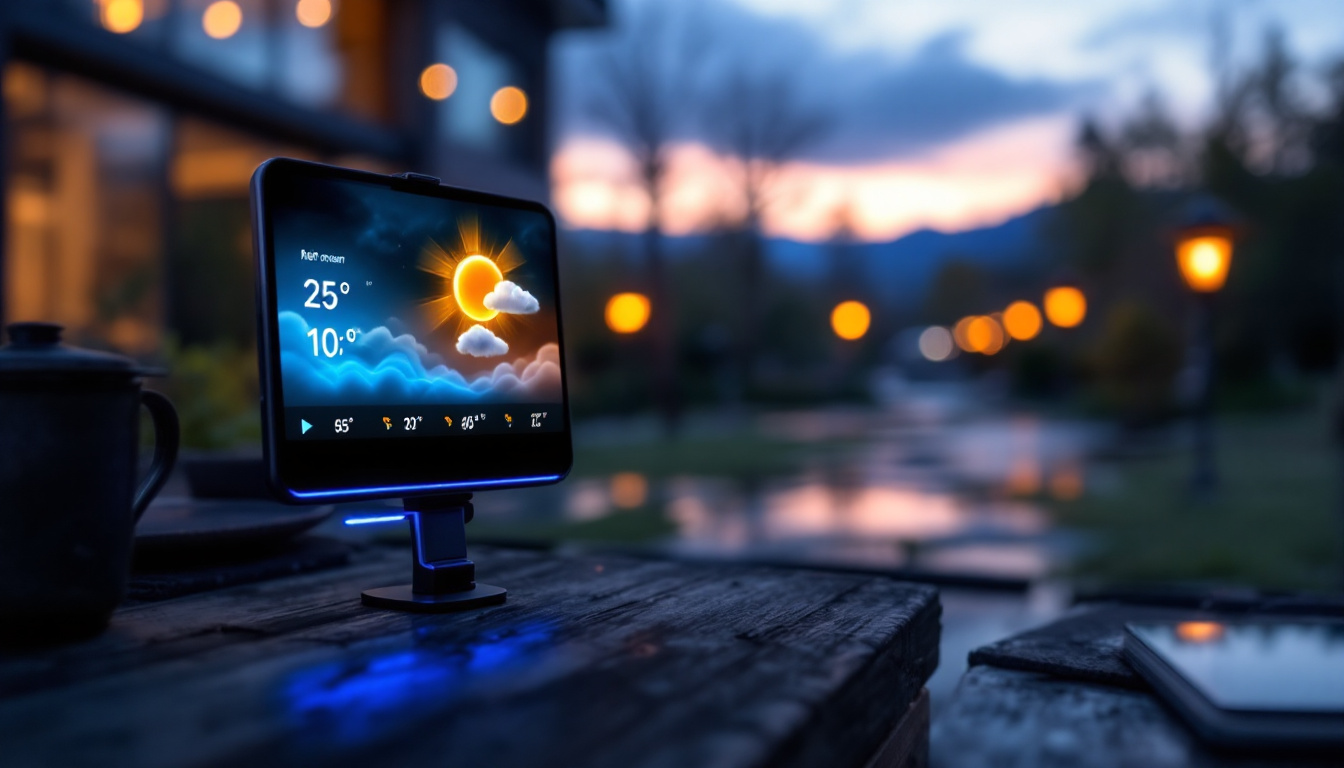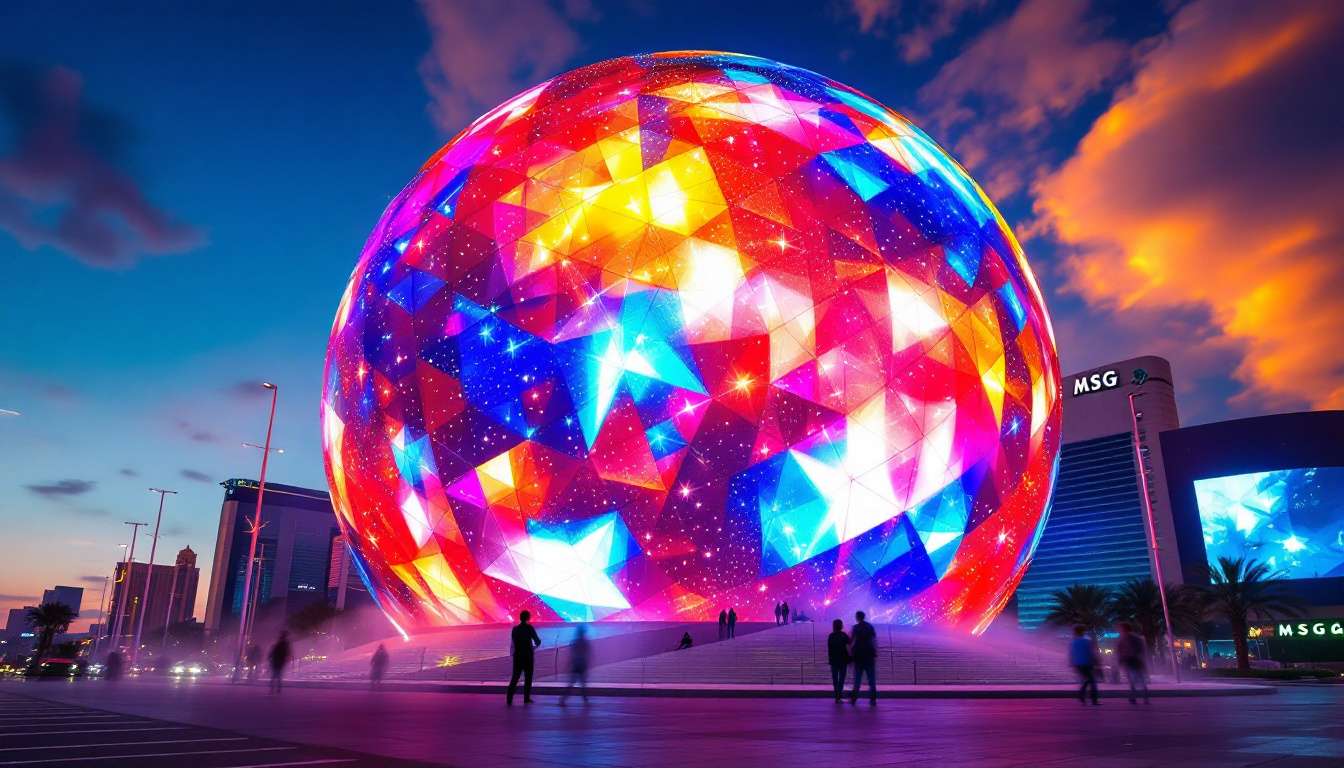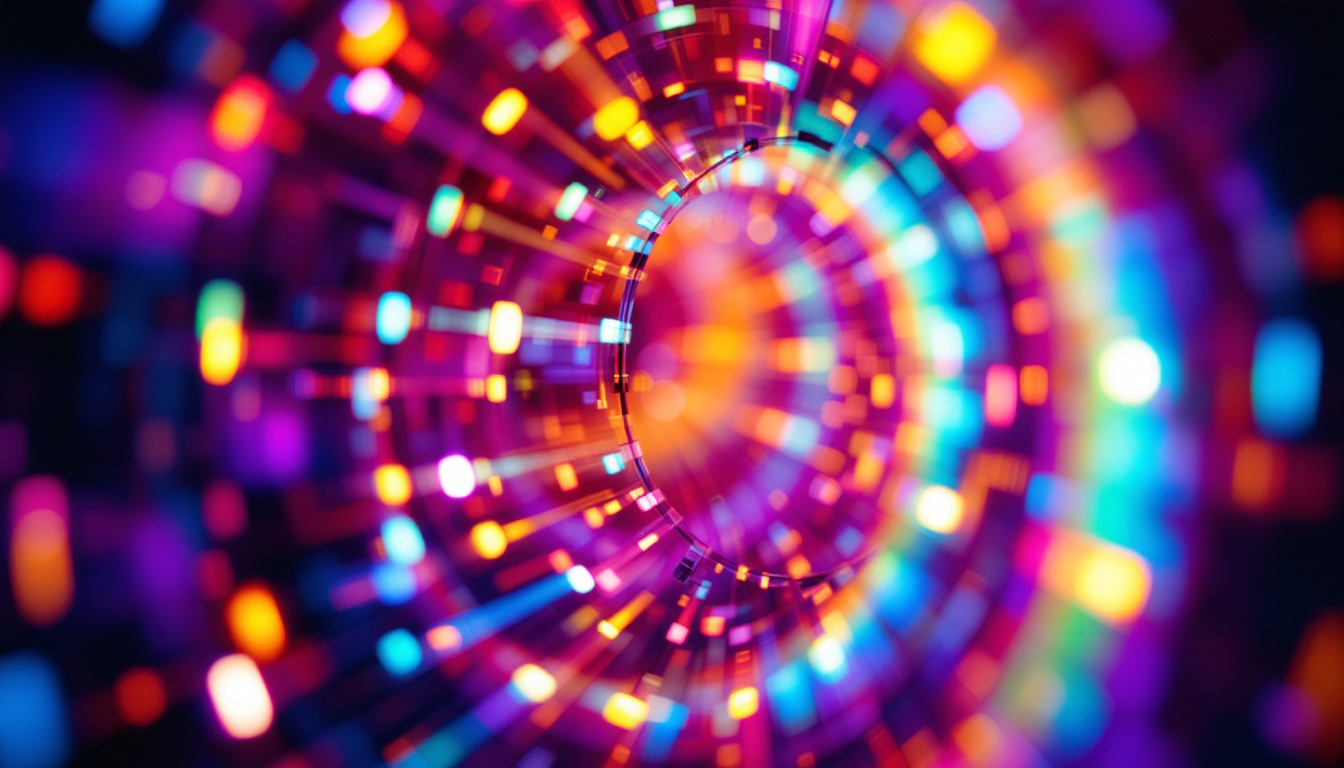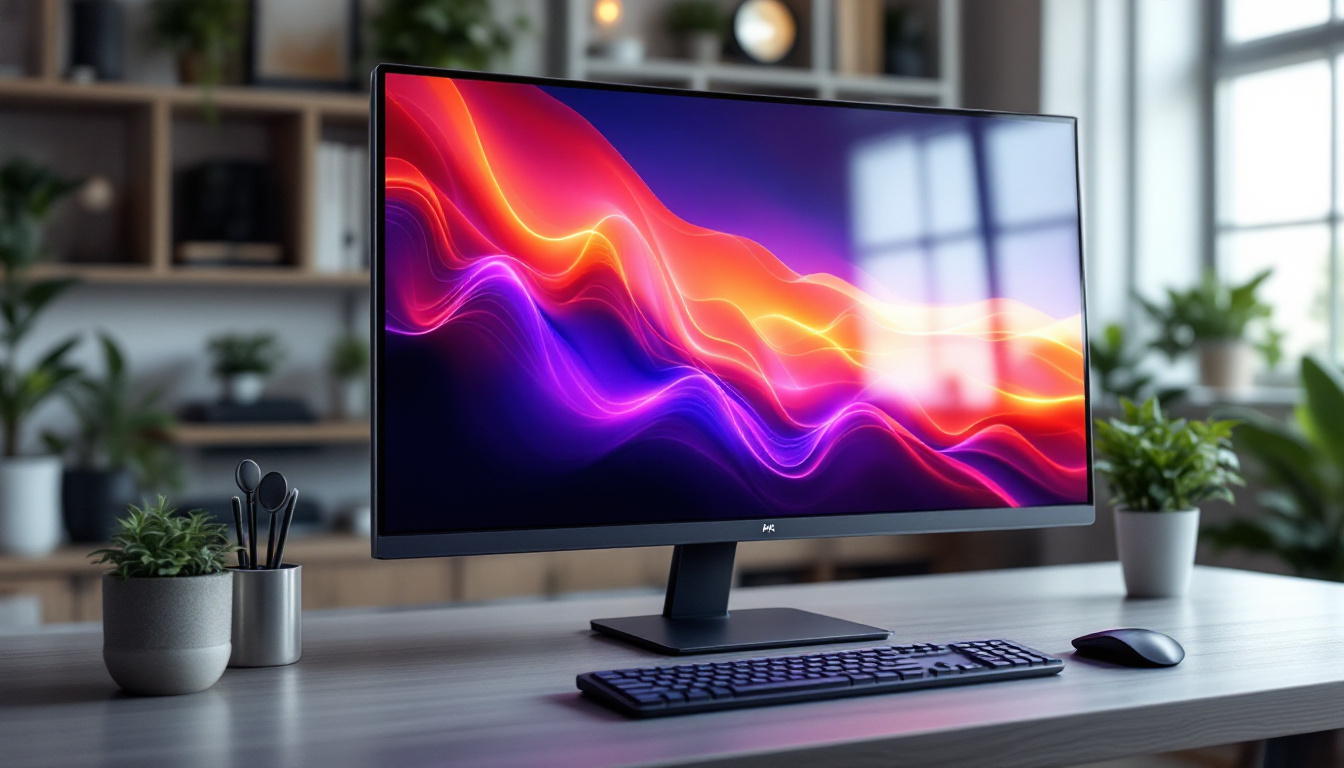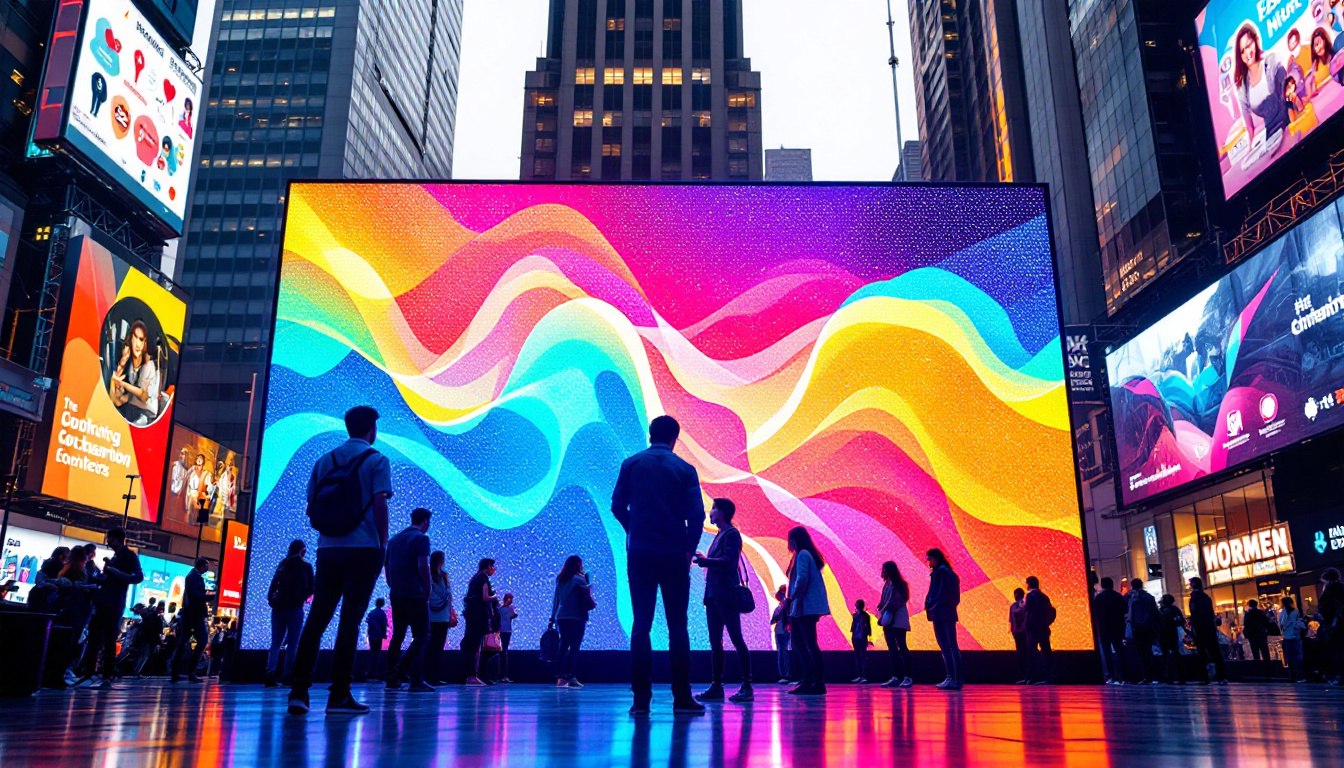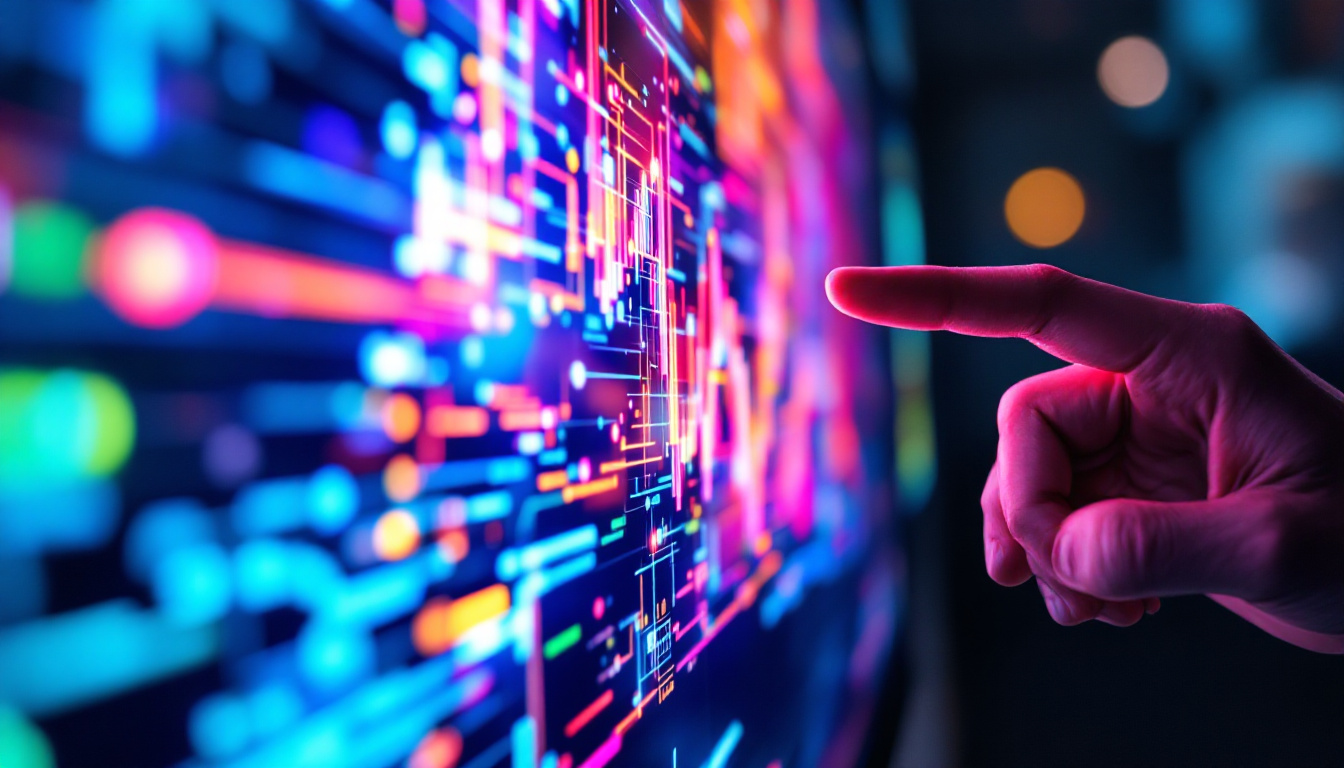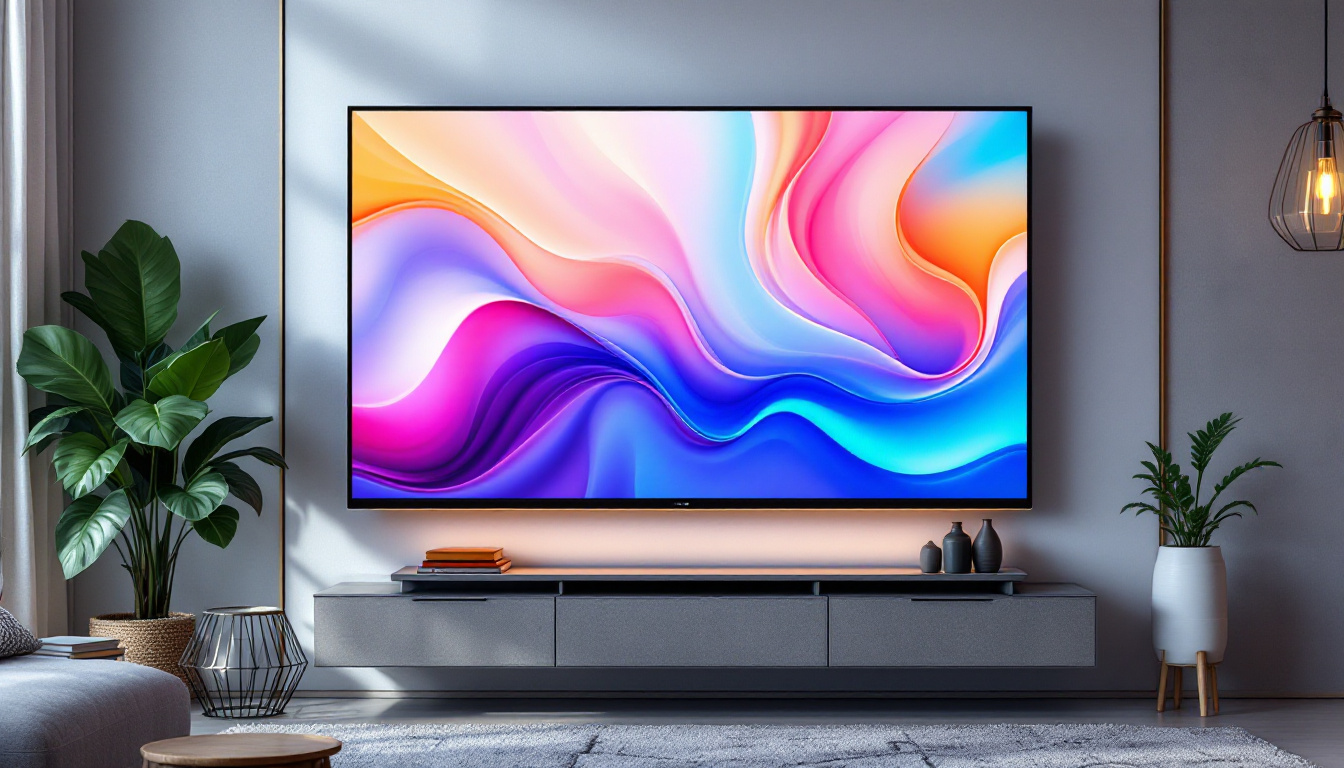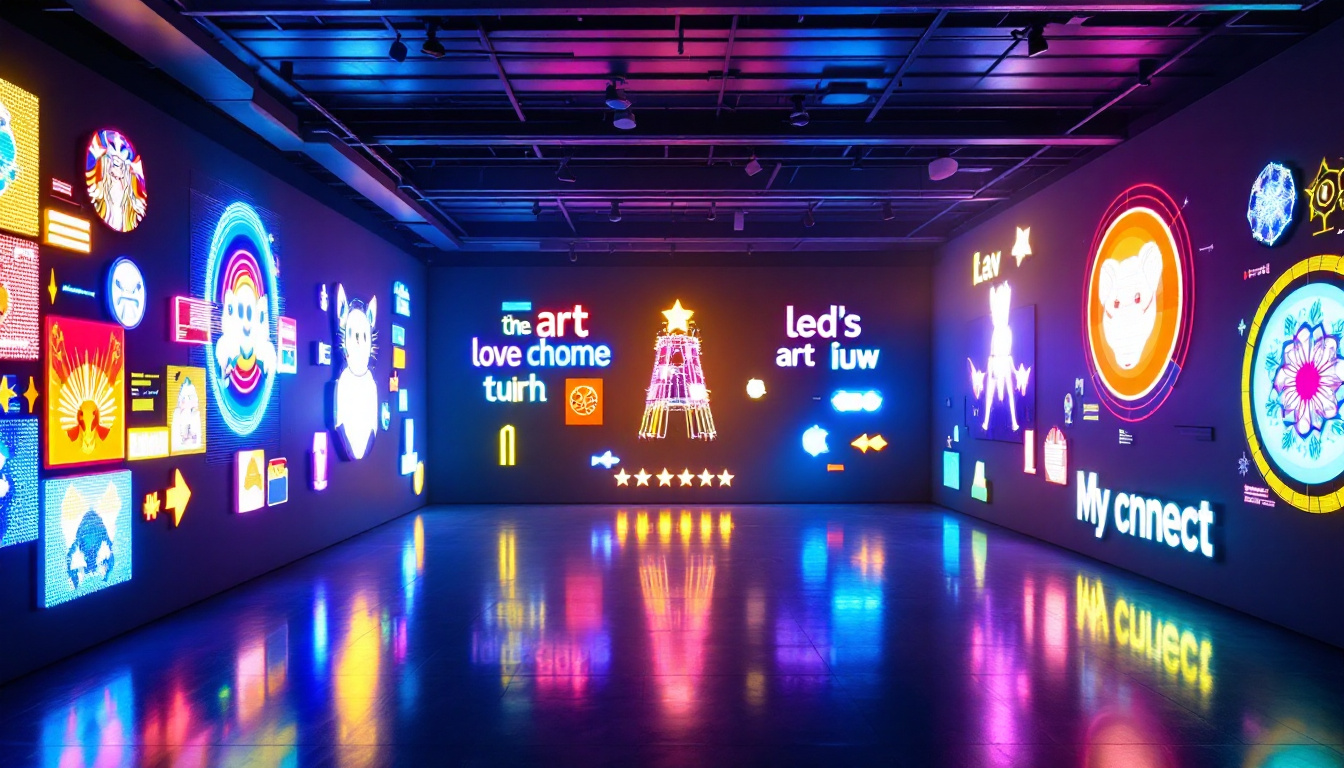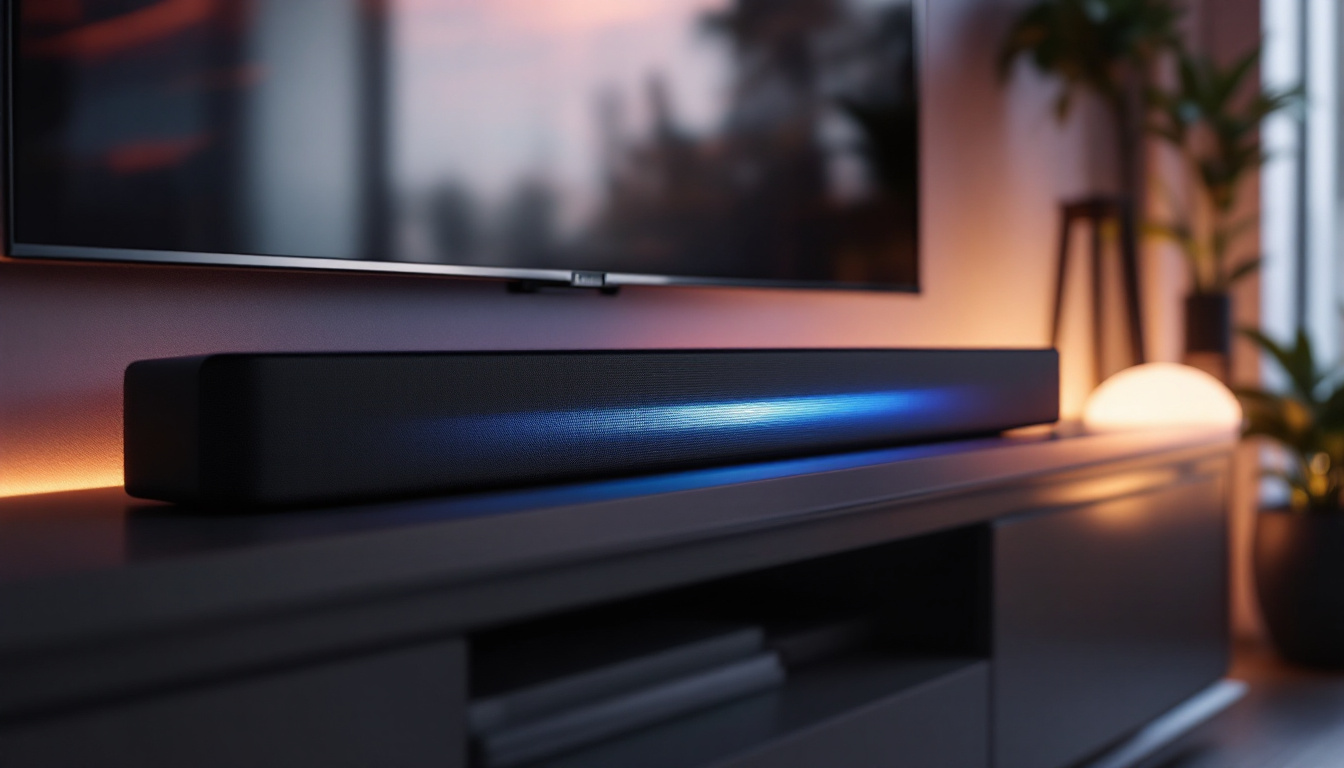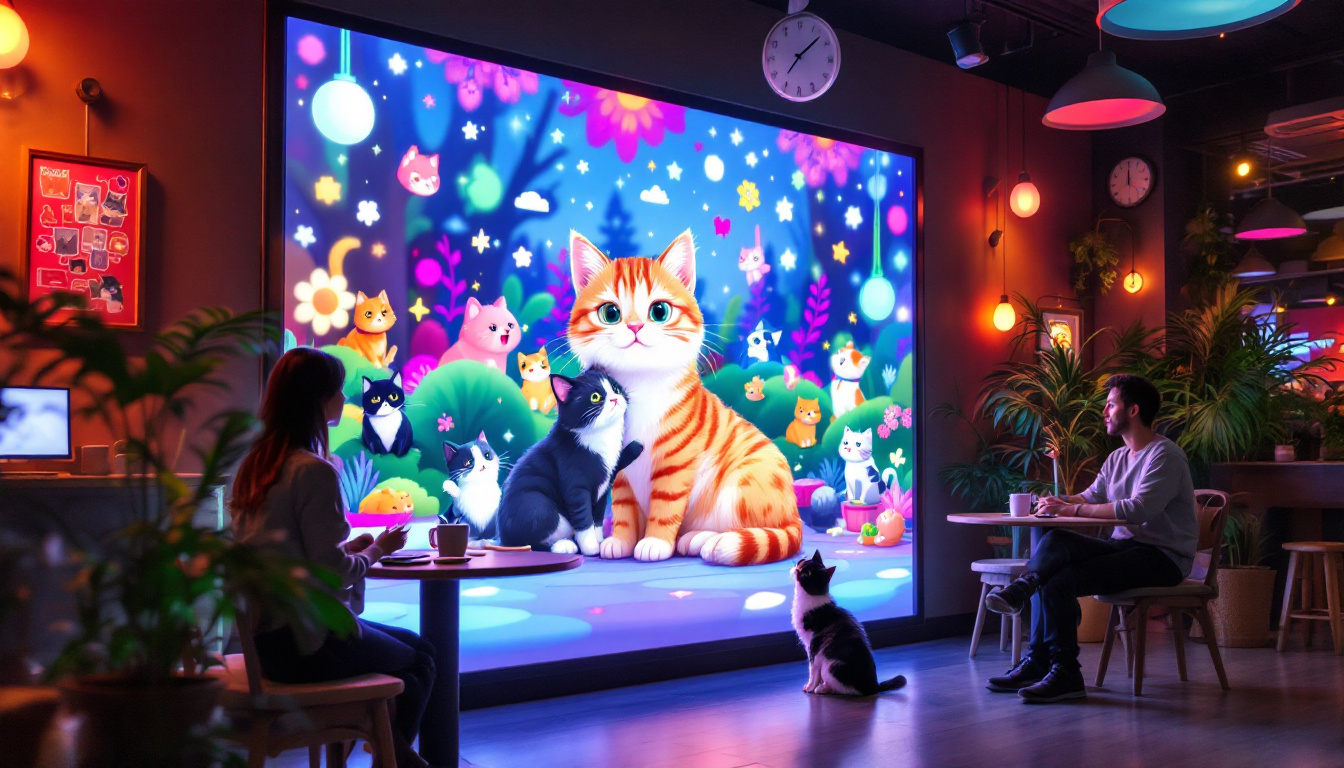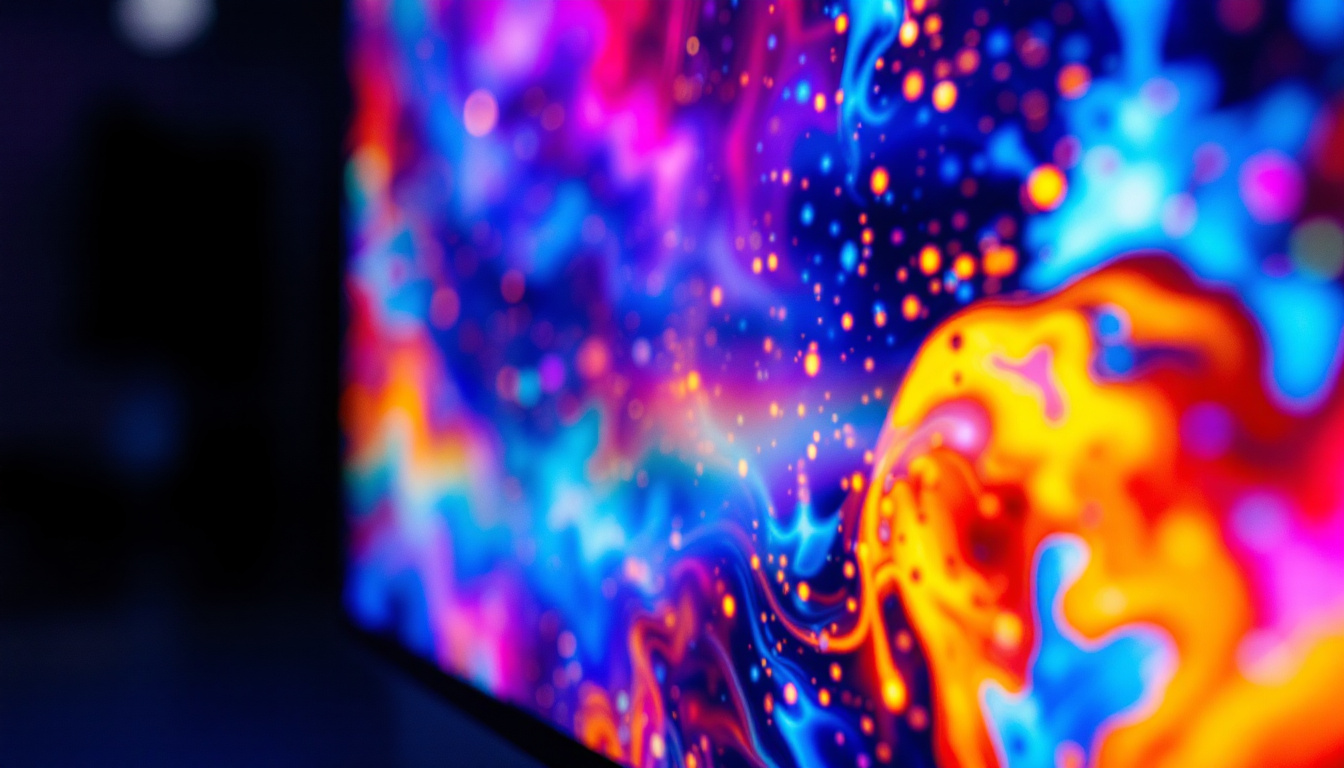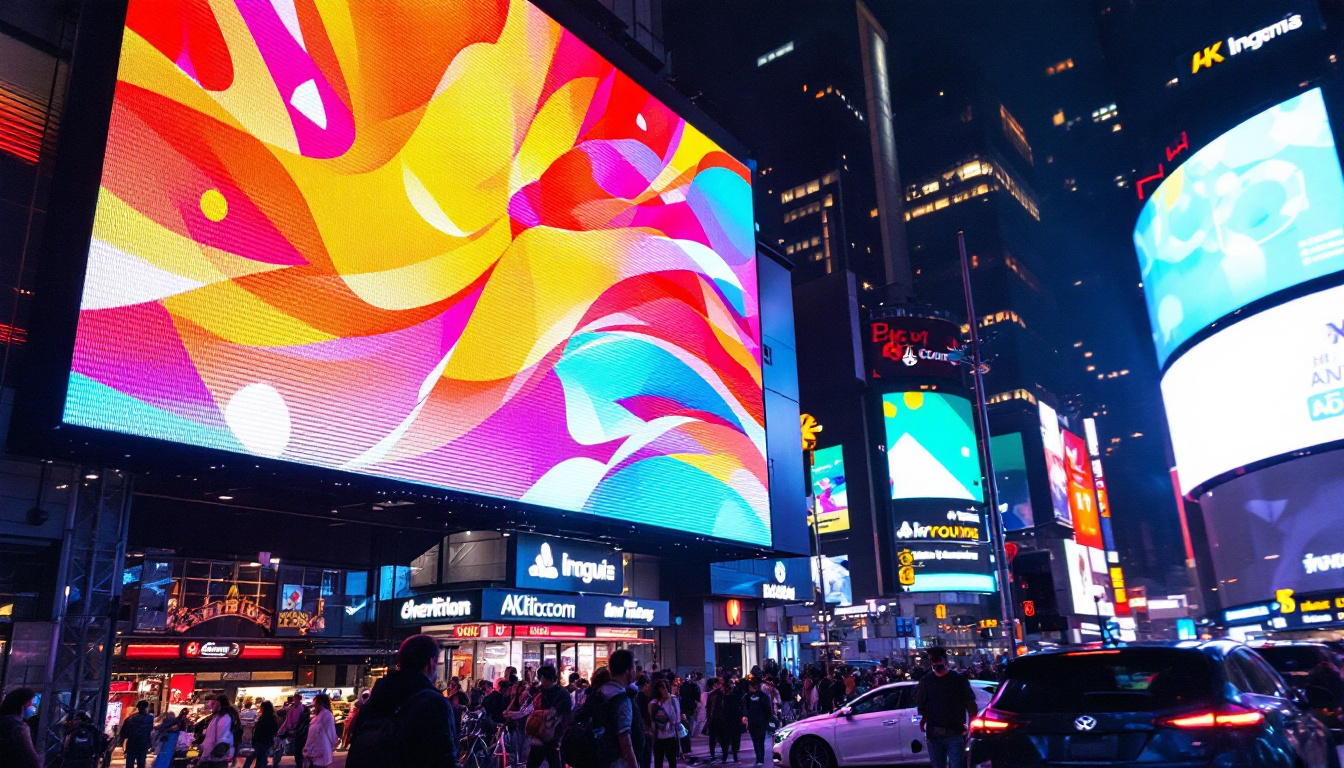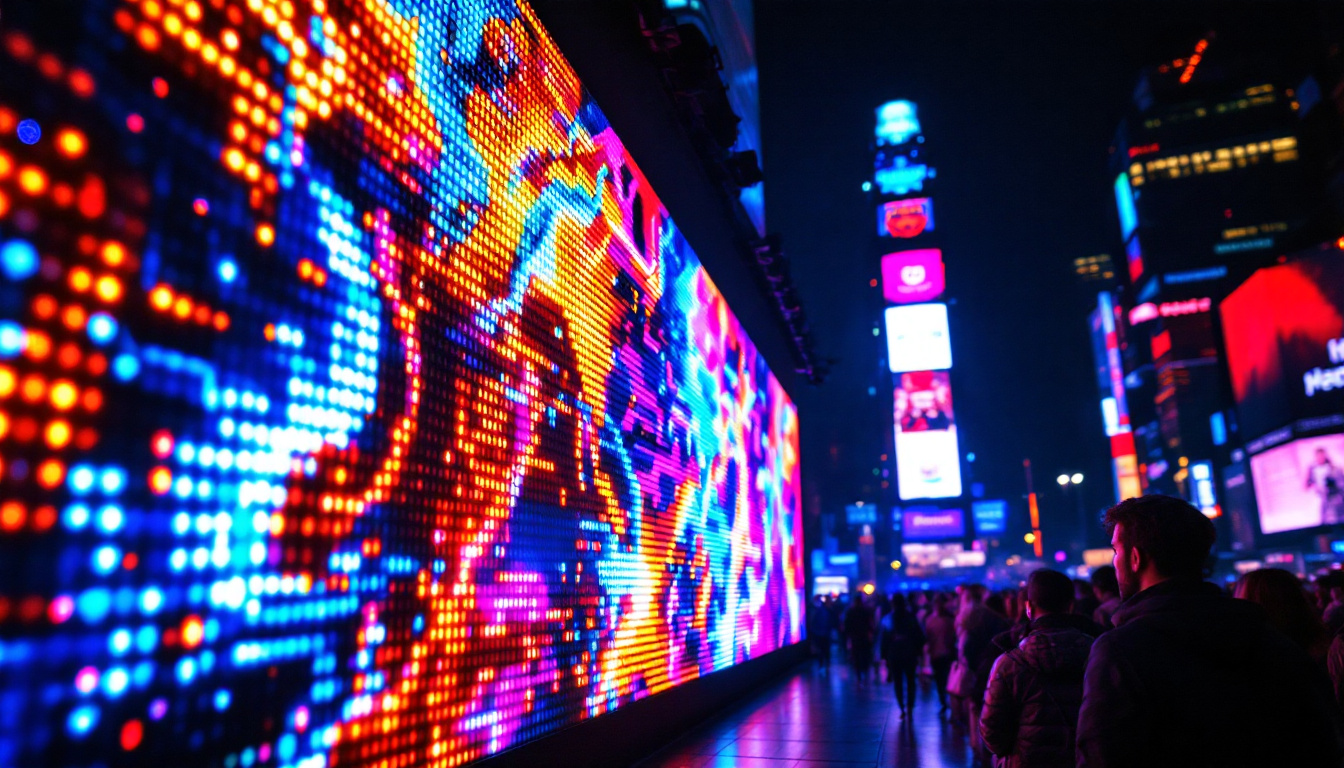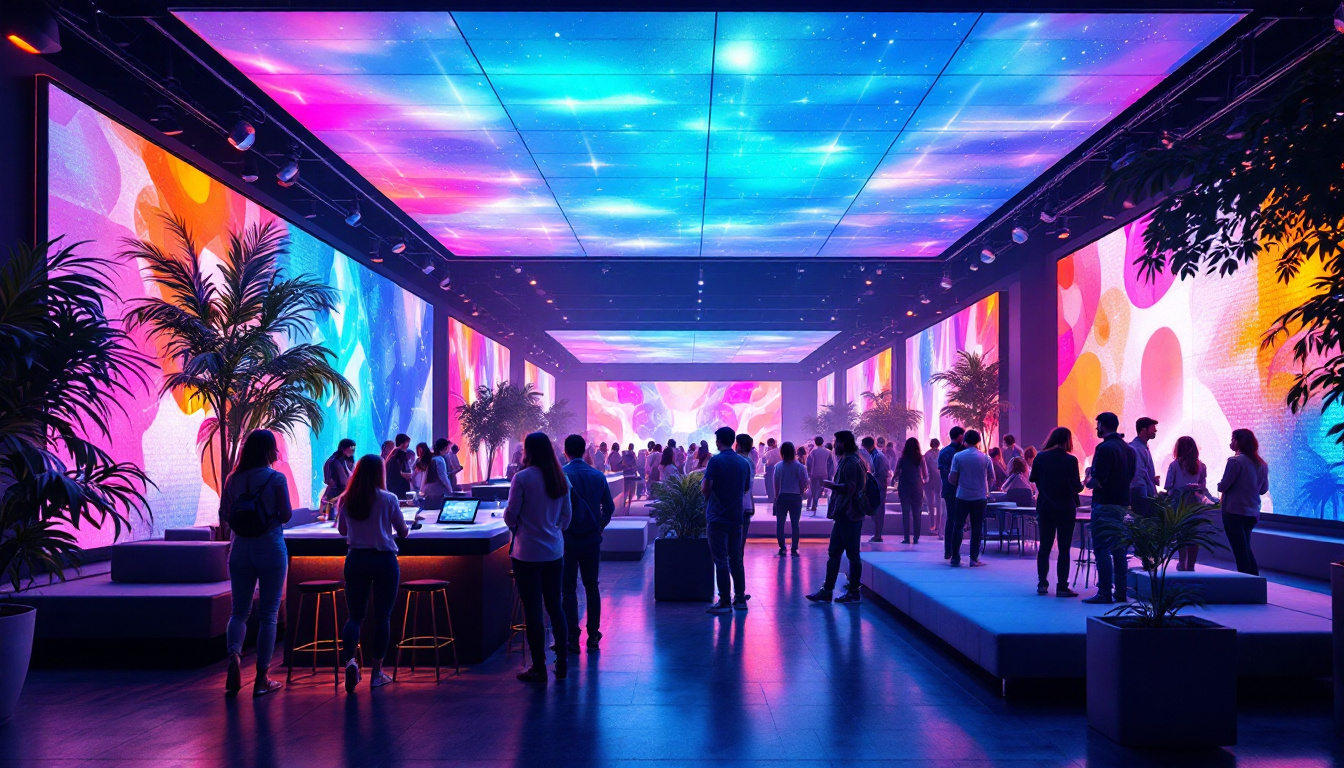LED displays have become an integral part of modern visual communication, found in everything from advertising billboards to indoor screens in venues. Among the various configurations available, the 2×2 matrix LED display stands out for its versatility and effectiveness. This article delves into the workings of a 2×2 matrix times 2×2 LED display, exploring its components, functionality, applications, and advantages.
Understanding the Basics of LED Displays
Before diving into the specifics of a 2×2 matrix LED display, it is essential to grasp the fundamental principles behind LED technology. LED, or Light Emitting Diode, is a semiconductor device that emits light when an electric current passes through it. This technology has revolutionized the display industry due to its energy efficiency, longevity, and vibrant color output. Unlike traditional incandescent bulbs, which waste a significant amount of energy as heat, LEDs convert a higher percentage of energy into visible light, making them a more sustainable option for various applications.
What is a Matrix Display?
A matrix display is an arrangement of LEDs in a grid format, where each LED can be individually controlled to create images, text, or animations. The term “2×2 matrix” refers to a configuration where there are two rows and two columns of LEDs. This simple structure allows for various visual outputs, making it an ideal choice for small-scale displays. Matrix displays are commonly used in applications such as digital signage, decorative lighting, and even in toys, where simple animations or messages can enhance user experience. The versatility of matrix displays allows them to be easily integrated into various projects, from hobbyist electronics to commercial products.
Components of a 2×2 LED Display
A 2×2 LED display consists of several key components that work together to produce images and animations. These include:
- LEDs: The primary light source, typically available in red, green, and blue (RGB) colors.
- Controller: The brain of the display, responsible for managing the input signals and controlling the LEDs accordingly.
- Power Supply: Provides the necessary voltage and current to the LEDs and controller.
- Driver Circuit: Converts the control signals into appropriate power levels for the LEDs.
Each of these components plays a crucial role in ensuring that the display functions correctly and efficiently. The integration of these elements allows for precise control over the visual output, enabling dynamic content to be showcased. Furthermore, advancements in technology have led to the development of more sophisticated controllers that can handle complex animations and effects, allowing creators to push the boundaries of what can be displayed on such a compact screen. The combination of LED technology and intelligent control systems has opened up new avenues for creativity, making it possible to produce intricate designs that captivate audiences in both personal and professional settings.
How Does a 2×2 Matrix LED Display Work?
The operation of a 2×2 matrix LED display is based on a combination of electrical engineering and programming. Understanding how these displays work involves examining the data flow from the controller to the LEDs.
Signal Processing
The controller receives input signals, which can come from various sources such as computers, microcontrollers, or other devices. These signals contain the information that dictates what should be displayed on the screen. The controller processes this data and determines which LEDs need to be activated to create the desired visual effect. In many cases, the data is formatted in a way that allows for efficient communication, often using protocols like I2C or SPI, which help to streamline the transfer of information between the controller and the display.
LED Activation
In a 2×2 matrix, each LED can be turned on or off independently. The controller sends signals to the driver circuit, which then activates the corresponding LEDs. For example, if the display is meant to show a specific color or pattern, the controller will calculate which combinations of red, green, and blue LEDs need to be lit to achieve that effect. This ability to mix colors is crucial for creating vibrant visuals, as the human eye perceives a wide range of colors through the additive color mixing process. Additionally, the brightness of each LED can be modulated, allowing for further refinement of the displayed images and enhancing the overall visual experience.
Refreshing the Display
One of the critical aspects of LED displays is their refresh rate, which refers to how quickly the display can update the visual content. In a 2×2 matrix, the refresh rate is typically high enough to produce smooth animations and transitions. The controller continuously cycles through the matrix, updating the LED states to reflect any changes in the input signals. This rapid refreshing is essential, especially in applications such as gaming or video playback, where dynamic content is prevalent. Furthermore, techniques like multiplexing can be employed to optimize the refresh rate, allowing the display to maintain clarity and responsiveness even as the complexity of the visual output increases.
Applications of 2×2 Matrix Displays
2×2 matrix LED displays find their applications in a variety of fields, from simple decorative lighting to more complex uses in electronics and signage. For instance, they are commonly used in electronic projects for hobbyists, providing a straightforward way to convey information or create eye-catching effects. In commercial settings, these displays can serve as indicators or notifications, alerting customers or users to important messages. Moreover, their compact size makes them ideal for integration into wearable technology, where they can provide real-time feedback or notifications without occupying much space.
Future Developments
As technology advances, the potential for 2×2 matrix LED displays continues to grow. Innovations in LED technology, such as the development of smaller, more efficient diodes and enhanced driver circuits, are paving the way for even more sophisticated displays. Additionally, the integration of smart features, such as connectivity with IoT devices, could allow for interactive displays that respond to user inputs or environmental changes. This evolution not only enhances the functionality of 2×2 matrix displays but also broadens their scope of applications, making them an exciting area of exploration in the world of electronics.
Applications of 2×2 Matrix LED Displays
2×2 matrix LED displays are versatile and can be used in a variety of applications. Their compact size and ease of use make them suitable for numerous environments.
Advertising and Marketing
One of the most common uses for 2×2 matrix LED displays is in advertising. Retailers often use these displays to showcase promotions, product information, or brand messages. Their bright colors and dynamic content can attract customers’ attention, making them effective marketing tools.
Event and Venue Displays
In event management, 2×2 matrix LED displays are utilized for signage and information dissemination. They can display schedules, directions, or live updates during conferences, concerts, or sports events. Their ability to convey information quickly and clearly is invaluable in crowded settings.
Home and Personal Use
Beyond commercial applications, 2×2 matrix LED displays can also be employed in home projects. Hobbyists and DIY enthusiasts often use them for decorative purposes, such as creating custom signs or art pieces. Their relatively simple setup makes them accessible for personal use.
Advantages of Using 2×2 Matrix LED Displays
There are several advantages to using 2×2 matrix LED displays, making them a popular choice for various applications.
Energy Efficiency
LED technology is known for its energy efficiency compared to traditional display technologies. 2×2 matrix LED displays consume significantly less power, which can lead to cost savings, especially in large installations or continuous use scenarios.
Longevity and Durability
LEDs have a long lifespan, often lasting tens of thousands of hours. This durability means that 2×2 matrix LED displays require less frequent replacements, reducing maintenance costs over time. Additionally, they are generally more resistant to shock and vibration, making them suitable for a wide range of environments.
Vibrant Color Output
The color output of LED displays is another significant advantage. 2×2 matrix displays can produce bright, vivid colors, enhancing the visual appeal of the content being displayed. This capability is especially important in advertising and marketing, where capturing attention is crucial.
Challenges and Considerations
While 2×2 matrix LED displays offer numerous benefits, there are also challenges and considerations to keep in mind when implementing them.
Resolution Limitations
The resolution of a 2×2 matrix display is limited by the number of LEDs in the matrix. With only four LEDs, the display can only show a limited amount of detail. This limitation may not be suitable for applications that require high-resolution images or text. In such cases, larger matrices or higher resolution displays may be necessary.
Control Complexity
Controlling a matrix display can become complex, especially as the content becomes more dynamic. Programmers must ensure that the input signals are accurately processed and that the display refreshes at an appropriate rate. This complexity can require additional expertise, particularly for larger installations.
Environmental Factors
LED displays can be affected by environmental factors such as temperature and humidity. While they are generally durable, extreme conditions can impact their performance. Proper installation and protection measures should be considered to ensure longevity and reliability.
Future Trends in LED Display Technology
The field of LED display technology is continuously evolving, with new advancements on the horizon. Understanding these trends can provide insights into the future of 2×2 matrix displays and their applications.
Smart Displays
One of the most significant trends is the integration of smart technology into LED displays. Smart displays can connect to the internet, allowing for real-time content updates and remote management. This capability enhances the flexibility and functionality of 2×2 matrix displays, making them even more appealing for various applications.
Improved Energy Efficiency
As technology progresses, manufacturers are continually finding ways to improve the energy efficiency of LED displays. Future iterations of 2×2 matrix displays may consume even less power while maintaining or enhancing brightness and color quality.
Enhanced Resolution and Flexibility
Advancements in manufacturing techniques may lead to higher resolution options for matrix displays. This improvement would allow for more detailed images and text, expanding the potential applications for 2×2 matrix displays in various fields.
Conclusion
In summary, the 2×2 matrix times 2×2 LED display is a versatile and effective solution for a wide range of applications. Its energy efficiency, durability, and vibrant color output make it an attractive choice for advertising, event management, and personal projects. While there are challenges to consider, the benefits often outweigh the drawbacks, especially as technology continues to advance.
As the demand for dynamic visual communication grows, understanding the intricacies of LED displays, particularly the 2×2 matrix configuration, will be essential for businesses and individuals alike. Embracing this technology can lead to enhanced engagement, improved information dissemination, and a more visually appealing environment.
Explore LumenMatrix’s Innovative LED Display Solutions
Ready to elevate your visual communication with the latest in LED technology? Discover LumenMatrix’s comprehensive range of LED display solutions, designed to captivate and engage your audience. From vibrant Indoor and Outdoor LED Wall Displays to dynamic Vehicle and Sports LED Displays, each product is crafted to deliver unparalleled clarity and impact. Whether you’re looking for a Floor LED Display, a sleek LED Poster, or a Custom solution tailored to your unique needs, LumenMatrix has you covered. Experience the future of digital signage and create unforgettable visual experiences by visiting LumenMatrix LED Display Solutions today.

